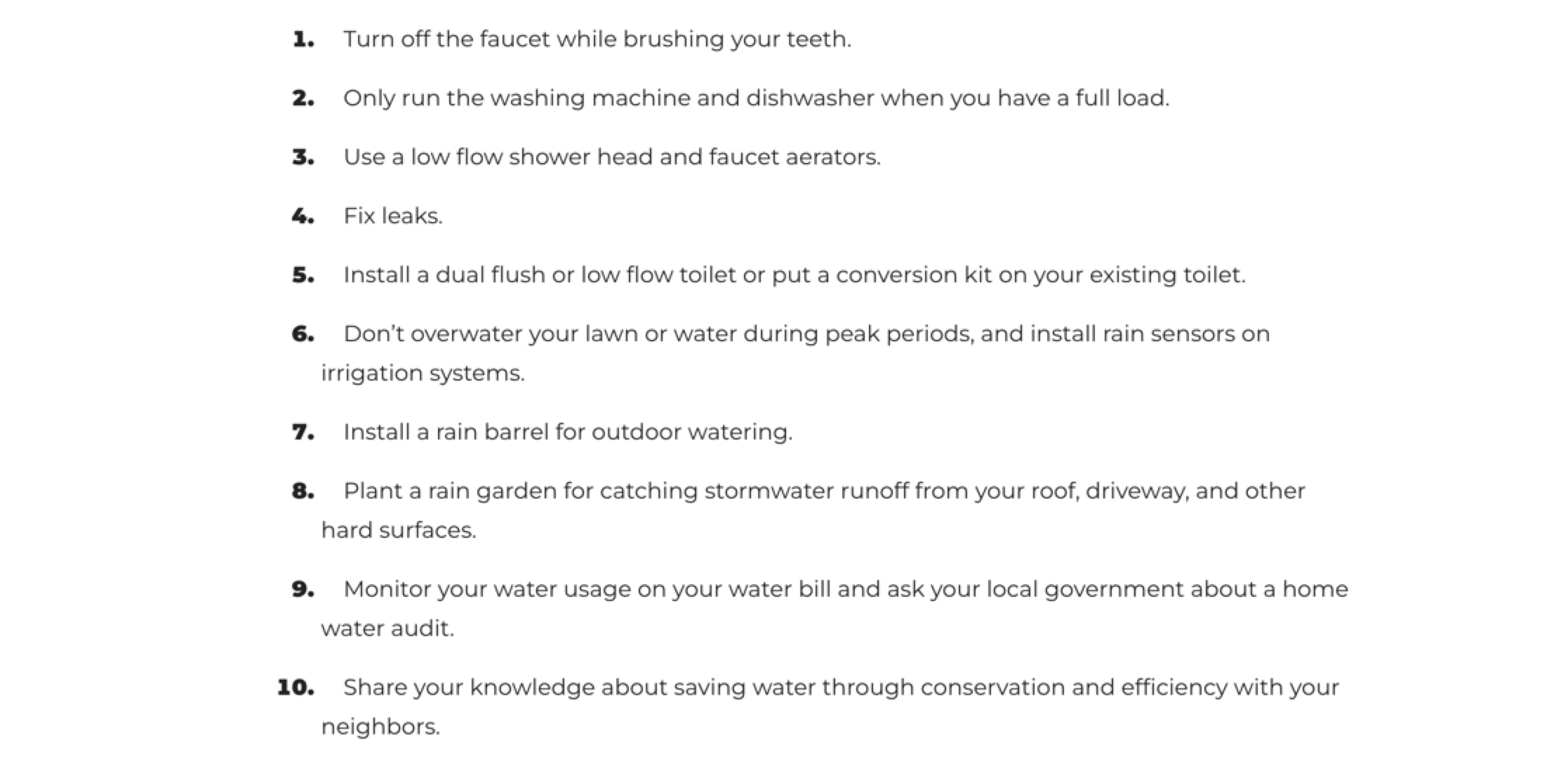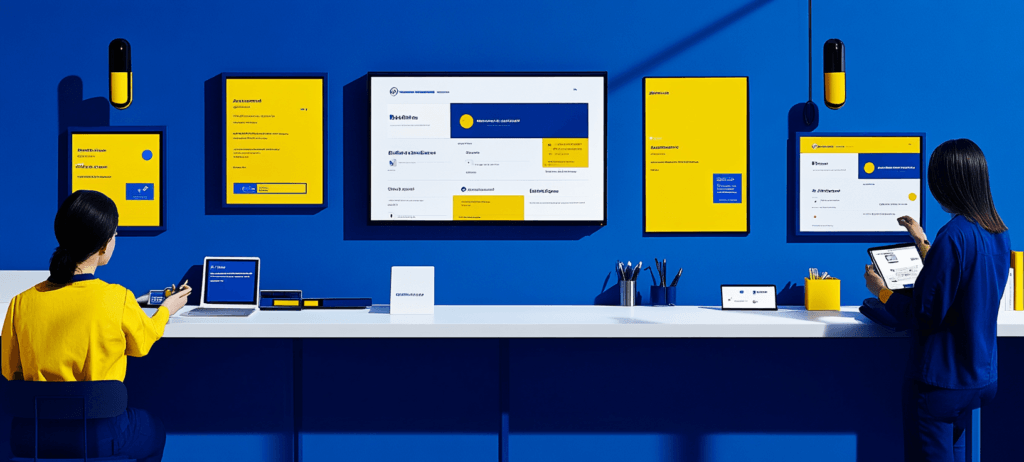- Home
- Blog
- Content Marketing
- Micro-Content Overview: How to Optimize Your Web Content
Micro-Content Overview: How to Optimize Your Web Content
-
 Published: Jul 4, 2023
Published: Jul 4, 2023
-
 7 min. read
7 min. read
-
 Abbey Stephan
Abbey Stephan Lead Editor
Lead Editor
- Abbey is a digital marketer, copywriter, and lead editor. She has worked on over 200 client campaigns and WebFX, and she specializes in marketing strategy analysis and industry-specific digital marketing plans. Outside of writing and editing, you’ll likely find her taking pictures of her cat, making a new playlist, or tending to her houseplants.
Micro-content is a type of web content that users can consume in a few seconds. There are plenty of uses for micro-content that can help your business, but first, you need to understand the basics.
This page will cover the following topics to help you get started with micro-content:
- What is micro-content?
- Why use micro-content?
- What is micro-content vs. macro-content?
- 5 micro-content examples
- How to write micro-content
Read on to learn more and contact us today to learn more about content strategies from WebFX!
Don’t miss our Marketing Manager Insider emails!
Join 200K smart marketers for the hottest marketing news and insights in your inbox.
Inline Subscription Form
“*” indicates required fields


What is micro-content?
Micro-content is a type of web content that users can consume in a few seconds. You usually see this content on social media sites, but it can benefit your website as well. Micro-content can also refer to short-form content if users can skim it easily.
Why use micro-content?
Like any other form of content, micro-content offers various benefits to your brand. Here are some top reasons companies use micro-content:
- Faster content production: Writing a couple short blog posts takes much less time than an in-depth article. The same logic applies to a short clip over a 10-minute video. You can spend less time creating content and more time on other tasks.
- Better user experience (UX): Micro-content is easier for users to consume. If they can come to your website and get the information they need quickly, they will be more likely to stick around and move into the sales funnel.
- Enhanced brand awareness: Sometimes, people won’t purchase after seeing your content the first time. But if they see your content more often, they’ll remember your name, and come to your business when they want to purchase your products or services.
Ultimately, more micro-content can give your business a better chance at converting customers, resulting in more conversions and revenue over time.
What is micro-content vs. macro-content?
The main difference between micro- and macro-content is the time it takes to consume it and the information it provides users.
With micro-content, all the information should be easy to skim and digest quickly. With macro-content, users are going to have more time to read and gather information, so you can build out the images, videos, and text for those who want more details.
5 micro-content examples
Here are a few different micro-content examples that you could use on your digital channels.
1. Lists and headers
Using list-based articles and adding headers makes it easier for users to skim your content and get information quickly:

A table of contents for your list also counts as micro-content:

This short list sums up what users can expect to read in your article, or it can answer their question so they don’t have to read further.
2. Images
Images can be anything from a header to an infographic. If your images are purposeful, whether design or information-wise, you can add them to your page to give users more helpful content.
3. Videos
Short videos are a great way to convey useful information in a matter of seconds. You can embed videos into your page like so:

Or, you can take advantage of short-form videos on TikTok and other apps to get your information out there.
4. GIFs
GIFs are for more than just breaking up a page or making your friends laugh. You can use GIFs as a tool for communicating quickly.
If you want to show how a process works, or a quick transformation, add a GIF to your page instead of a video. This option is an easy way to add movement to your page and help users get more out of it.
5. Page titles
Your page titles tell users exactly what they can expect when they click on the page link. Your titles should be short, sweet, and clear to encourage them to click on the page (or skip it if it’s not for them).
How to create micro-content
So now that you know what micro-content is, how can you start creating it? We’ve got the answers.
Here are four different strategies for creating micro-content:
Let’s break down each one below!
1. Know your audience
The first step to any content creation is knowing the person on the other side of the screen — or at least making an educated guess at who’s there. If you want to know your typical audience, you can create buyer personas using data from your campaigns.
Some typical data for your buyer personas will include:
- Age
- Gender
- Location
- Occupation
- Income
- Content preferences
For example, you might learn that most of your audience is 24–30-year-old women with desk jobs. Once you gather this information, you can start tailoring your content to include the material people want to see from you.
2. Outline topic groups
Topic groups are different collections of similar ideas and subjects relevant to your business, industry, and market. If you don’t know what kind of content to create, you can do some research and see what other people in your industry are making.
Say you run a local coffee shop. You could Google other local coffee shops in your area and look at what they have on their site. Or, look up other coffee shops on social media and see what content gets the most likes and comments.
You might find recipes, behind-the-scenes videos, and staff favorites as topics. From there, you can dive deeper and list out different content ideas that fit under those topics.
3. Be concise when writing
If you are writing a social post or page for your website, it’s best to keep it short and to the point. Some tips for concision include:
- Stick to three sentences per paragraph
- Use lists and bullet points to break up larger topics
- Avoid passive voice in copy
- Remove any weak adverbs from your phrases
Our readability test will also ensure that you aren’t stuffing too many large phrases into a tiny paragraph.
4. Use media purposefully
Images and videos are great examples of micro-content that you can use anywhere to get your information across quickly. However, going overboard or not being purposeful with your media can make users click away.
Make sure that every image, video, and graphic has a purpose on your page. They should answer a question, give an example, summarize your post, or perform some other action.
If you can create memorable visual content that serves your audience, people will be more likely to remember and engage with your brand in the future.
Our digital marketing campaigns impact the metrics that improve your bottom line.
See Our Approach
$10 billion

24 million

7.14 million
Want to simplify your content creation process?
Micro-content is essential to any website or social channel, but what if you don’t have time to create content and run a business? That’s where WebFX can help!
Our team of 100+ specialized content writers can tackle the content creation while you focus on your company. We can create 65+ content formats to give your website an attention-grabbing boost.
Want to learn more? Check out our content marketing services and then call 888-601-5359 to chat with a specialist about what your strategy could look like!
-
 Abbey is a digital marketer, copywriter, and lead editor. She has worked on over 200 client campaigns and WebFX, and she specializes in marketing strategy analysis and industry-specific digital marketing plans. Outside of writing and editing, you’ll likely find her taking pictures of her cat, making a new playlist, or tending to her houseplants.
Abbey is a digital marketer, copywriter, and lead editor. She has worked on over 200 client campaigns and WebFX, and she specializes in marketing strategy analysis and industry-specific digital marketing plans. Outside of writing and editing, you’ll likely find her taking pictures of her cat, making a new playlist, or tending to her houseplants. -

WebFX is a full-service marketing agency with 1,100+ client reviews and a 4.9-star rating on Clutch! Find out how our expert team and revenue-accelerating tech can drive results for you! Learn more
Try our free Marketing Calculator
Craft a tailored online marketing strategy! Utilize our free Internet marketing calculator for a custom plan based on your location, reach, timeframe, and budget.
Plan Your Marketing Budget

Looking for More?
Get expert ideas, industry updates, case studies, and more straight to your inbox to help you level up and get ahead.
"*" indicates required fields

Proven Marketing Strategies
Try our free Marketing Calculator
Craft a tailored online marketing strategy! Utilize our free Internet marketing calculator for a custom plan based on your location, reach, timeframe, and budget.
Plan Your Marketing Budget




